The USNS Kanawha prepares to conduct a replenishment with the USS Iwo Jima during training at sea, Oct. 23, 2020.
Providing up-to-date information, news and original content on American Military issues.
The USNS Kanawha prepares to conduct a replenishment with the USS Iwo Jima during training at sea, Oct. 23, 2020.
Nov. 5, 2020 | BY Jim Garamone , DOD News
"War is Hell" is a famous quote.
Prolonged warfare is hell on women and girls in particular, and the United Nations recognized that fact by passing United Nations Security Council Resolution 1325, on women, peace and security on October 31, 2000.
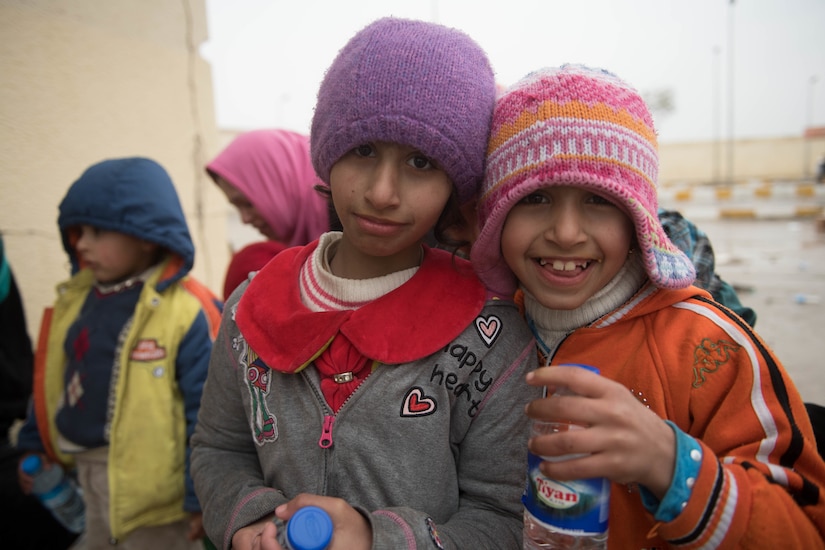
The resolution recognized the disproportionate impact of conflict on women and girls and it was unanimously passed. The resolution looks to ensure the views, needs and circumstances of women are addressed in areas affected by conflict. Their needs also must be considered in relief efforts after the conflict is over.
DOD officials have embraced the resolution and are bullish about its future in the department.
The resolution compels nations to promote the equal participation of women in issues of peace and security decision-making. The resolution affirms the critical role of women in the prevention and resolution of conflicts. The resolution also calls on nations to recognize women's unique roles and needs in humanitarian response due to disaster or war.
Since 2000, the UN passed 10 related resolutions on women, peace and security, shining a global spotlight on the viewpoints and contributions of more than half the world's population to the issues of peace and security, DOD officials said.
For most of history, security has been a male domain.
Defense and security sectors globally have been slower to adopt the resolution to diplomatic, development and civil society counterparts. But since 2011, when the United States first took on women, peace and security, DOD began thinking about the importance of the resolution in accomplishing its national security objectives, Carolyn Kenney, who helps manage DOD's women, peace and security program from her post in the Pentagon's policy office, said.
"If you are trying to get a better understanding of the operational environment, or you're creating policies that directly impact people on the ground, it's important to incorporate the perspectives and experiences of both men and women," Kenney said during an interview.
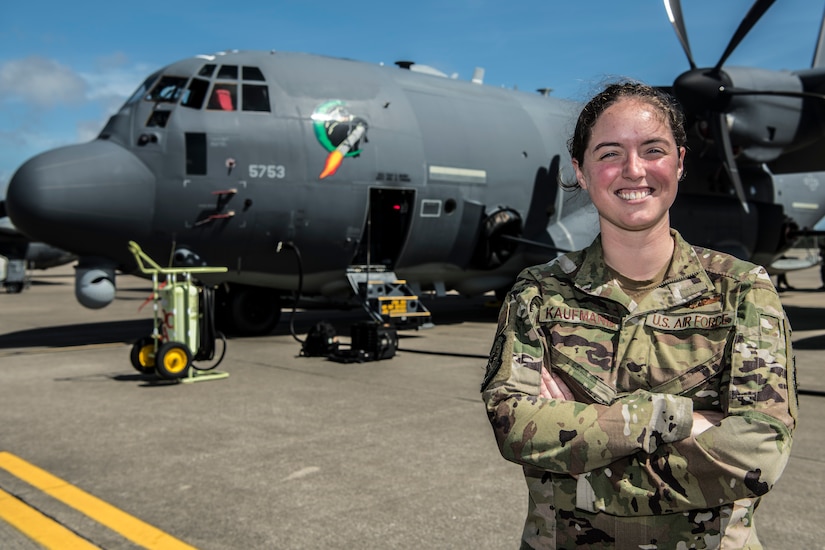
Having these perspectives enhances U.S. military operational effectiveness. It is also a bold statement in support of human rights and [it] promotes gender equality, Kenney said.
Women already play key roles across peace and security processes. "From policy perspectives to tactical actions, women are a force multiplier – both globally and in the U.S. — and a force the department simply cannot ignore," she said.
In the United States, it is now law that the government incorporate the needs and perspectives of women in peace and security decision making. This law — implemented through a whole-of-government strategy — demonstrates U.S. leadership on women, peace and security. It strengthens existing and future U.S. government implementation of women, peace and security processes.
DOD works with the State Department, the U.S. Agency for International Development and the Department of Homeland Security to advance U.S. women, peace and security guidance.
Since 2012, the department has made substantial progress towards implementation. "At the strategic and operational level, we now have full-time dedicated subject matter experts in policy and the Joint Staff and at nearly all of the combatant commands, both geographic and functional," she said.
These staff — often called WPS or gender advisors — are the backbone of the department's implementation efforts. "They ensure our department's WPS efforts support our mission and complement the efforts of other interagency partners," Kenney said.
Just this past last year, the Defense Security Cooperation Agency and the Defense Security Cooperation University integrated women, peace and security principles into its training. This effort complements what the services, military departments, and professional military education institutions are doing on the issue.
The DOD women, peace and security program has made great strides, Kenney said. "In its beginning years, the department's WPS program suffered from a lack of funding, authorities and trained personnel — we were the new kids on the block in the U.S. government when it came to WPS," Kenney said. "Now, we're key players at the table."
As part of that importance, DOD released its first WPS strategic framework and implementation plan this past summer.
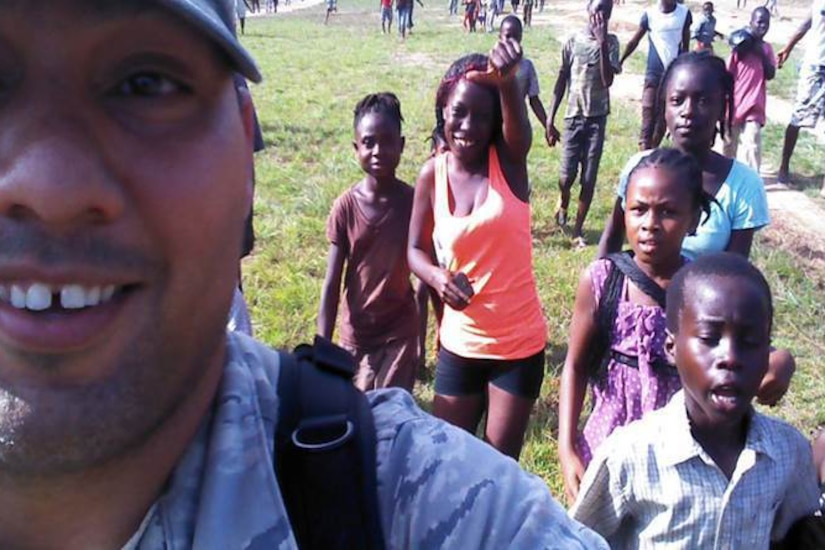
Women, peace and security was once thought of as solely a "women's issue," Kenney said. It is no longer, and there are opportunities for growth.
The department's approach to mainstreaming WPS where relevant will be key to eliminating the hit-or-miss implementation of the program.
"Since WPS outcomes don't happen overnight, the department's efforts must build on WPS progress each year," Kenney said, "and work to institutionalize key concepts in policy, plans and doctrine so WPS becomes a routine part of how the department does business."
(Editor's Note: Cori Fleser, a women, peace and security advisor on the Joint Staff, served as a subject matter expert and contributor to the writing of this article.)
Marines operate a Joint Light Tactical Vehicle during an advanced drivers course at Fort A.P. Hill, Va., Nov. 1, 2020.
Nov. 5, 2020 | BY Army Reserve Medical Command
"Serving with civilian counterparts, shoulder to shoulder, was a great honor. The staff and patients I interacted with were nothing but grateful for our help," stated Army Maj. Joshua Salomon Solheim, an Army Reserve nurse anesthetist, regarding his recent mission with an urban augmentation medical task force in South Texas.
He is one of more than 1,000 skilled Army Reserve medical soldiers that have mobilized since March to provide Defense Department support to the Federal Emergency Management Agency's whole-of-government response to the COVID-19 pandemic.
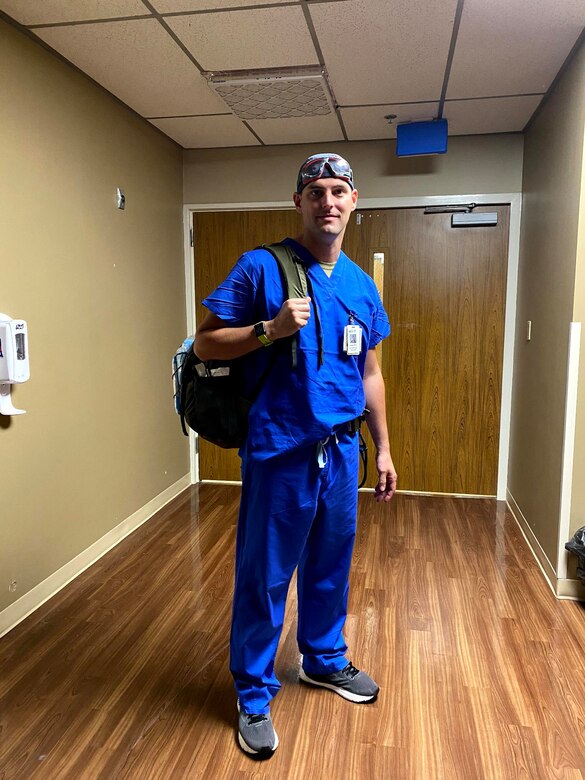
As a member of UAMTF-7458, Solheim was part of a team of doctors, nurses, combat medics, respiratory therapists and ancillary personnel assigned to assist Valley Baptist Medical Center in Harlingen, Texas. Their mission was to expand the capacity of care the civilian medical facility could offer the community. Solheim served on a rapid response team, providing emergency care for critically ill COVID-19 patients.
"Being able to make a lasting impact and to help those in need, while shoulder to shoulder with America's greatest, makes the mission something I'm very proud of," Solheim said.
Born in Switzerland, Solheim credits his mother's respect for U.S. service members in post-war Europe for sparking his interest in the military. He enlisted in the Army Reserve at the age of 17 and trained as a combat medic and licensed practical nurse.
"After we moved to the U.S., and especially after Sept. 11, I wanted to give back to my country by serving as a soldier," he shared. "What an honor it is to serve this great country, to follow in the footsteps of those men and women who have given so much for us today."
Solheim earned a Bachelor's in Nursing from Carroll College in Helena, Montana, in 2008, which earned him a direct commission. He went on to earn a Master's in Theological Studies from Liberty University in 2013 and a Master's in Nurse Anesthesia in 2016 from the Wake Forest School of Medicine nurse anesthesia program.
Although Solheim has served on other missions in the U.S., Asia,
Europe and Africa, this was his first time augmenting a civilian
hospital.
"Integrating with a civilian hospital as a uniform member was very
unique [experience] for me. In the past, I had either worked as a
civilian in a civilian facility or as a soldier in a military facility,"
Solheim explained. "But what is more honorable and humbling than to
serve our own? It was a privilege."
A resident of Greensboro, North Carolina, Solheim works as a civilian with Gate City Anesthesia at the Surgical Center of Greensboro.
"My family is very supportive and proud of my service," Solheim stated. "My wife's family, among others, helped my pregnant wife and our three kids during my absence."
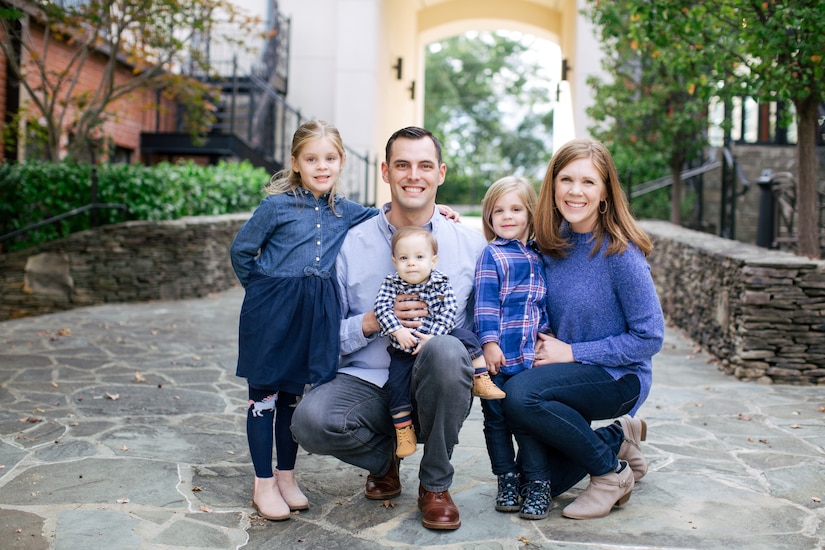
Solheim also relied on his strong faith to deal with the challenges the mission presented, such as being assigned to the night shift.
"There were many nights we would respond to multiple back-to-back code and rapid response calls, initiating life-saving interventions to extremely ill patients. But there were rays of hope and joy as some would respond to treatment and get better, eventually reuniting with their families."
"It is my honor to serve this great country and to share in camaraderie with many amazing service members that are making a difference for our country," stated Solheim in closing.
In total, U.S. Northern Command, through U.S. Army North, assigned approximately 590 military medical and support personnel from the Army and the Navy in support of FEMA in Texas.
A soldier signals his team toward the breach point during a live-fire exercise at Fort Polk, La., Oct. 27, 2020.
Navy Lt. Paul Cusmano, a pulmonary-critical care fellow, left, and Navy Lt. Youngmi Kim, an internal medicine resident, right, both assigned to Naval Medical Center San Diego's intensive care unit, place a central line into a patient in the hospital's ICU in San Diego, Calif., Nov. 2, 2020. NMCSD's ICU specializes in treatment given to patients who are acutely unwell and require critical medical care. The COVID-19) pandemic has changed the way many facets of health care are conducted, and NMCSD's ICU has adapted some of their techniques and practices to keep both staff and patients safe while delivering the high quality health care they’ve come to expect. NMCSD’s mission is to prepare service members to deploy in support of operational forces, deliver high quality health care services and shape the future of military medicine through education, training and research.
Airmen assigned to the 32nd Aerial Port Squadron disinfect the inside of a C-17 Globemaster III while wearing personal protective equipment Nov. 4, 2020, at the Pittsburgh International Airport Air Reserve Station, Penn. Due to the COVID-19 pandemic, aircraft are disinfected before and after missions as the U.S. Air Force is committed to taking every precaution to ensure the health and well-being of all personnel and family members.
Soldiers fire an M777 howitzer at Fort Bragg, N.C., Nov. 4, 2020, during Panther Storm, a brigade-level training exercise.
Marines provide security during a patrol with Georgian service members at the Algeti Training Area, Georgia, Oct. 15, 2020.
Navy Seaman Julia Champagne, left, and Petty Officer 2nd Class Edith Dantes measure surface and subsurface contacts aboard the USS Shiloh in the Philippine Sea, Nov. 4, 2020, during Keen Sword. The exercise allows U.S. and Japanese troops to sharpen combat readiness and enhance long-range interception capabilities.
A soldier packs a parachute during Operation Panther Storm at Fort Bragg, N.C., Nov. 5, 2020. The brigade-level training exercise helps paratroopers prepare to deploy anywhere in the world within hours.
Nov. 5, 2020
The Department of Defense announced today a new training course is available for military first responders designed to help keep military families safe, support victims, and ensure that domestic violence is effectively recognized as a crime in cases including abuse, harassment, and stalking through technology.
Together with the DOD Family Advocacy Program, the Office of the Under Secretary of Defense for Intelligence and Security’s Law Enforcement Branch launched a training course to help military first responders understand the role of technology in abuse, and how a greater awareness of digital evidence can help with the prosecution of domestic violence cases.
Designed and developed by the Defense Cyber Crime Center Training Academy, the course covers how the misuse of technology can lead to the escalation of domestic abuse, and how military law enforcement can follow the technological evidence in a case. It combines lessons on the dynamics of domestic abuse, including how to coordinate with the Family Advocacy Program, the best practices for the detection of risk, and industry standards for the collection of digital evidence.
While the course is intended for a primary audience of military police and security forces, who are often the first to respond to a domestic violence call, commanders and FAP personnel will also benefit. Anyone with a Common Access Card can access the training on the Defense Cyber Crime Center Training Academy site.
The launch of this training comes at a particularly difficult time for anyone experiencing abuse, as more Americans are logging more hours online than ever before. This opens up greater vulnerabilities for domestic abuse victims, who frequently experience cyber harassment, stalking and surveillance from an abusive spouse or partner.
Domestic abuse — including through technology — has increased among the general population during the coronavirus disease 2019 pandemic. This training course is just one way the DOD is supporting service members and military families at a time when they may be more vulnerable due to the forced isolation brought on by the global outbreak.
“Our priority is to respect, support and defend domestic abuse victims,” said Matthew P. Donovan, Under Secretary of Defense for Personnel and Readiness. “We are proud to launch this first-ever DOD training course on ‘Technology Evidence in Domestic Abuse.’ This training is a vital piece of our effort to ensure our military’s law enforcement organizations understand that domestic violence perpetrated through technology is still a crime.”
Other efforts underway to enhance the safety of domestic abuse victims include a newly-installed Safe Exit button available on Military OneSource content. This feature, which is commonplace for victim services agencies, such as the National Domestic Violence Hotline, was introduced by the DOD because of the heightened need for individuals to seek information on help for abuse during COVID-19.
The Safe Exit button allows the user to instantly exit an article and view a general website in its place, one not specific to abuse. This helps ensure the victim’s safety online if their abuser enters the room while they are researching information.
In addition to increasing tools to enhance the response to domestic abuse, DoD is evolving its prevention approach to more holistically address the underlying factors that contribute to multiple forms of violence, abuse, and self-harm. DoD recently released an integrated violence prevention policy, which establishes new requirements for domestic abuse prevention and creates a unified approach to the prevent suicide, sexual assault, harassment, domestic abuse, and child abuse. This new, integrated policy leverages current and emerging advancements in the field and connects the dots among multiple existing efforts rather than implementing prevention activities in silos.
Visit the DOD Family Advocacy Program’s national Domestic Violence Awareness Month campaign website. Know the National Domestic Violence Hotline number, 800-799-7233, and make sure victims know that help is available.
About the Family Advocacy Program
FAP leads policy for the DOD to prevent and respond to domestic abuse and intimate partner violence by raising awareness as to the risk factors and early warning signs, providing support and resources to victims and collaborating with military and civilian organizations to promote a coordinated community response to interpersonal violence.